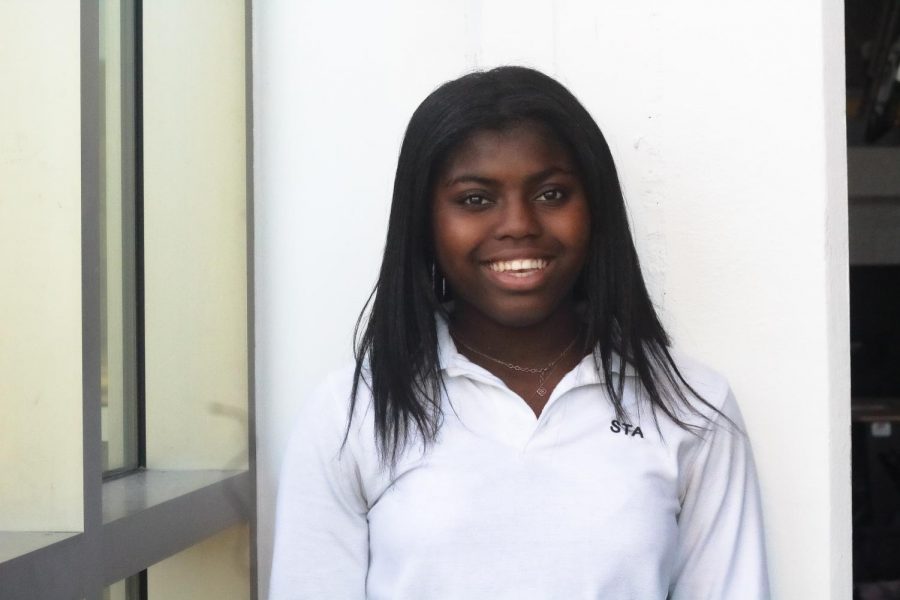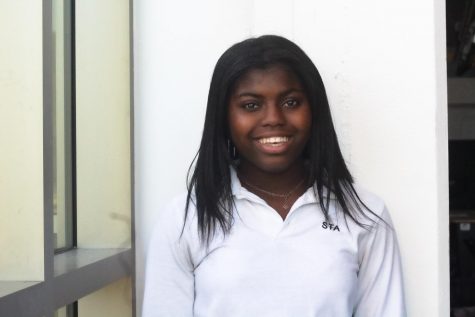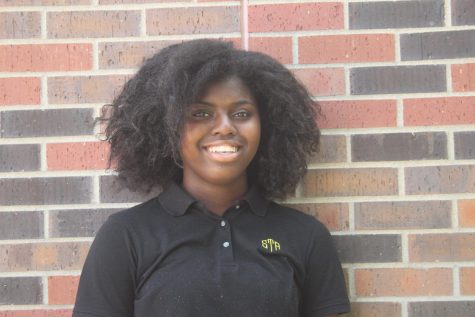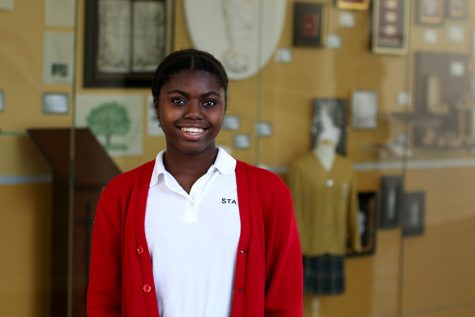Where I’ve been
And where we’re going
October 3, 2019
Hello! Welcome to the third and final year of Accessible Activism. If you’re returning, I’m happy to see you! If you’re new, let me explain what this is. Accessible Activism is essentially comprised of the inner-workings of my mind. At least, when it comes to political and social issues, what you see here is how I interpret the world around me. Like many of us, I have the news app on my phone. I spend a large chunk of my evening perusing the latest New York Times Op-eds and wondering how I fit into this shocking political climate.
It was thoughts like those that inspired this blog. I wanted (and still want) to create a space for young people. Often, our thoughts and opinions are pushed to the side because we’re seen as too inexperienced or naive to actually confront world issues. What those who ignore us fail to see is that we are the future. The world they affect with laws and bills (or a lack thereof) ultimately falls on us to fix. It’s imperative that we fully comprehend the issues at hand because it will be up to young people to find a solution.
In my quest to bring knowledge to my community, at times it felt like I fell into a black hole. I believe in the importance of strong opinions rooted in fact. The only way I can provide facts is to go out and research, which means deep-diving into some pretty severe issues. As a sophomore, I tackled complex issues such as net neutrality and confederate monuments. The only way to make these issues palatable for people my age was by having a firm enough understanding to be able to “teach” it to somebody else.
However, to do so, that meant intense research on heavy topics. In that black hole, I felt a lack of trust in my government, larger community, and in my own ability to survive, let alone thrive, as a young activist. It seemed like for every post I published, there was a Greta Thunberg or Mari Copeny demanding change at the UN and giving clean water to Flint, Mich. residents and I felt small, helpless and inconsequential.
Then junior year happened, and I disappeared. Mentally, I was so focused on getting through the school year that this blog took a backseat, along with many other things I love to be part of. The stress of being a student with a challenging course load and a multitude of extracurriculars was compounded by the fatigue of being a woman of color in America which was compounded by the stress of staying on top of a news cycle that seems to refresh every three minutes which was compounded by … well you get the point. I was tired, and going into in-depth research about police brutality, voting inequality and the unlikelihood of a congressional “blue wave” felt like the worst possible option for my sanity. To inform people about these issues means spending a lot of time researching them. It means reading column after column, from MSNBC to FOX news. It means scrolling through Twitter threads to see how the general populace feels in an informal setting. It means witnessing harmful, inciteful language that fills me with fear for my own wellbeing and people of color around the country. I was, and am, willing to do this research, just not at the expense of my personhood.
On January 5 of this year, Anne Helen Pieterson published a Buzzfeed article titled “How Millennials Became the Burnout Generation”, and I felt somewhat seen. I am not a millennial in the workforce, but the exhaustion stirred by mediocre, menial tasks was something I identified with. Then, like a beacon of light shot through a magnifying glass, Tiana Clark wrote a responding article titled “This Is What Black Burnout Feels Like,” and I felt seen, and heard. In her article, Clark stated “the consequences of being overworked and underpaid while managing microaggressions toward marginalized groups damages our bodies by the minute with greater intensity.” She went in-depth about how the effects of one’s “burnout” are increasingly exacerbated by the day to day existence of a black person in America. It made me realize that I had to get a firmer grasp on my own sense of being before I could go back to trying to teach others how to advocate for each other.
Upon further research, I saw a whole community of activists and community organizers, many of which are women of color. They too grew fatigued of just trying to live, let alone fight the good fight. I felt guilty. I felt validated. I had a practical realization and took a year to re-evaluate. Vanessa Willoughby wrote an article for Rewired titled “Here’s How to Recover from Activist Burnout,” in which she states “the work of an activist demands an immense amount of selflessness, empathy, and compassion in the face of adversity.” Last year, I did not have it in me to give my work what it deserves. This year, I am ready to work on educating myself, and hopefully, my readers as well.
Burnout can take many forms. For myself, I propose young black burnout². The superscript is the feeling of compounded emotions. It is the same burnout that many others have experienced throughout history, furthered by my fears of being too young and scared to actually create change, my existence as a person of color in this country and the mundane, exhausting world in which we all reside. However, what I’ve learned over the course of this past year is that whatever version of burnout you may experience, it is temporary. It may feel like an eternal ailment, but eventually, that motivation to do and to be will come back. It has for me, and I am ready for the final round of Accessible Activism. I think it’s going to be the best one yet









Mark Schreck • Aug 1, 2020 at 8:11 pm
Great job young lady. You could publish this story in any newspaper in any city on any day here in 2020… ?… hmmm, make that every newspaper in every city on every day in 2020 ?